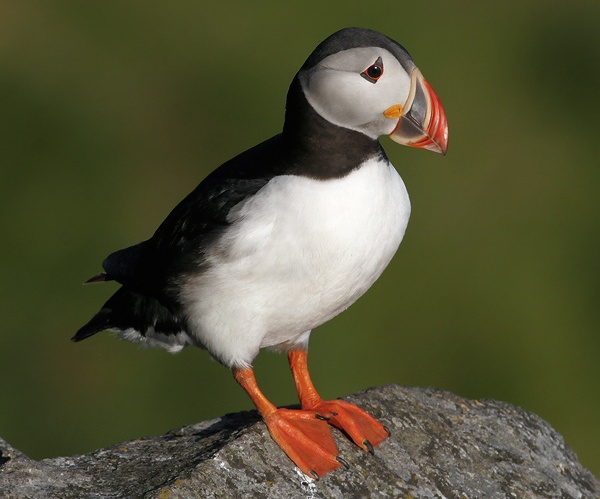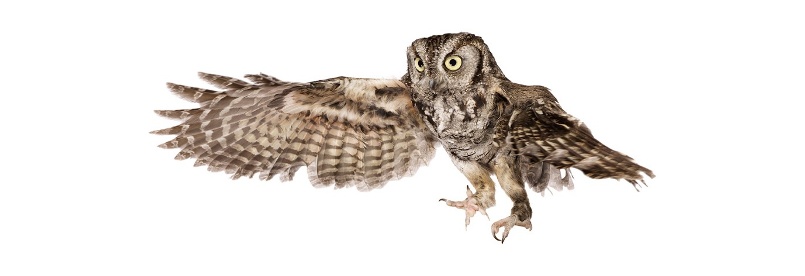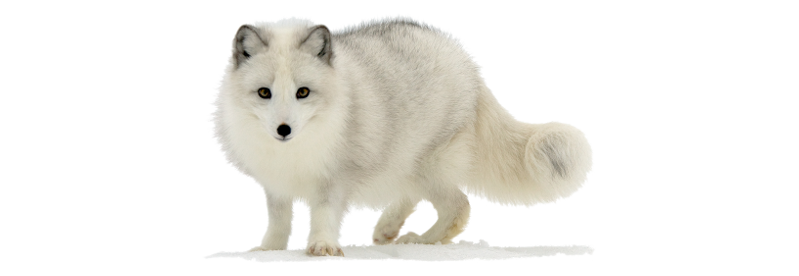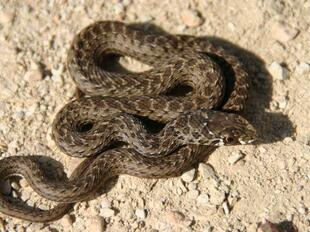
Atlantic puffin(Fratercula arctica)
Phylum —chordata
Class — aves
Order — charadriiformes
Family —alcidae
Genus –fratercula
Appearance
Sexes are alike – 11 1/2 to 13 1/2 inches long with a wingspread of 21-24 inches. These puffins are short, stocky with upper parts black and undersides white. Their cheeks are white. They have large parrotlike, triangular shaped bills, which in the breeding season are bright orange with a yellow-bordered patch of blue at the rear half. After the breeding season, they lose some of their horny bill plates and molt as well. Winter plumage is similar but faces are largely dark.
Habitat
The Atlantic puffin breeds along the rocky coasts of New England, Canada, Greenland, Scandinavia, and Russia. In winter, these birds stretch their range as far south as the Iberian Peninsula and northern Africa into the Mediterranean Sea and in North America may be seen as far south as off the coast of Virginia or North Carolina.
Behavior
Puffins walk erect, live in colonies and are very curious and tame. They are often attacked and killed by great black-backed gulls, rats, cats, dogs, and foxes, and are easily shot for food. They utter low, purring noises in flight, low grunts and groans while nesting. They ride high on the water like ducks and must run across the surface of the water to become airborne.
Diet
The Atlantic puffin diet consists almost entirely of fish.
Reproduction
The Atlantic puffin is sexually mature at the age of 4–5 years.
Having spent the winter alone on the ocean, whether the Atlantic puffin meets its previous partner offshore or whether they encounter each other when they return to their nest of the previous year is unclear. On land, they soon set about improving and clearing out the burrow.Often, one stands outside the entrance while the other excavates, kicking out quantities of soil and grit that showers the partner standing outside.Apart from nest-building, the other way in which the birds restore their bond is by billing. This is a practice in which the pair approaches each other, each wagging their heads from side to side, and then rattling their beaks together. This seems to be an important element of their courtship behavior because it happens repeatedly, and the birds continue to bill, to a lesser extent, throughout the breeding season.
The birds are colonial nesters, excavating burrows on grassy clifftops or reusing existing holes, and on occasion may nest in crevices and among rocks and scree. It is in competition with other birds and animals for burrows. It can excavate its own hole or move into a pre-existing system dug by a rabbit, and has been known to peck and drive off the original occupant.
Egg-laying starts in April in more southerly colonies, but seldom occurs before June in Greenland. The female lays a single white egg each year, but if this is lost early in the breeding season, another might be produced.The egg is large compared to the size of the bird, averaging 61 mm (2.4 in) long by 42 mm (1.7 in) wide and weighing about 62 g (2.2 oz).
The incubation responsibilities are shared by both parents. They each have two feather-free brood patches on their under sides, where an enhanced blood supply provides heat for the egg. The parent on incubation duty in the dark nest chamber spends much of its time asleep with its head tucked under its wing, occasionally emerging from the tunnel to flap dust out of its feathers or take a short flight down to the sea.
Total incubation time is around 39–45 days. From above ground level, the first evidence that hatching has taken place is the arrival of an adult with a beak-load of fish. For the first few days, the chick may be fed with these beak-to-beak, but later the fish are simply dropped on the floor of the nest beside the chick, which swallows them whole. The chick is covered in fluffy black down and its eyes are open and it can stand as soon as it is hatched. Initially weighing about 42 g (1.5 oz), it grows at the rate of 10 g (0.35 oz) per day. Initially, one or the other parent broods it, but as its appetite increases, it is left alone for longer periods.
The chicks take from 34 to 50 days to fledge, the period depending on the abundance of their food supply.
The chick leaves its nest at night, when the risk of predation is at its lowest. When the moment arrives, it emerges from the burrow, usually for the first time, and walks, runs, and flaps its way to the sea. It cannot fly properly yet, so descending a cliff is perilous; when it reaches the water, it paddles out to sea, and may be 3 km (2 mi) away from the shore by daybreak. It does not congregate with others of its kind and does not return to land for 2–3 years.
In the wild, puffins can live around 20 years.
Incaptivity
People keep puffins in spacious glazedaviariesso that it is more convenient to maintain a certain air temperature. The optimal air temperature in the enclosure is 0-2 °C. A swimming pool with water must be installed in the aviary. The optimal water temperature is 5-6 °C. The depth is 2 meters. The water must be clean, so you need to install powerful filters in the pool.
Lighting is an important factor for puffins, as it encourages breeding and seasonal molting. In summer, as in nature, it is necessary to increase the length of daylight, and make the lighting more intense. In winter owners try to make the lighting less intensive. Puffins eat fish, squids and shrimps.
 Russian
Russian
 English
English
























